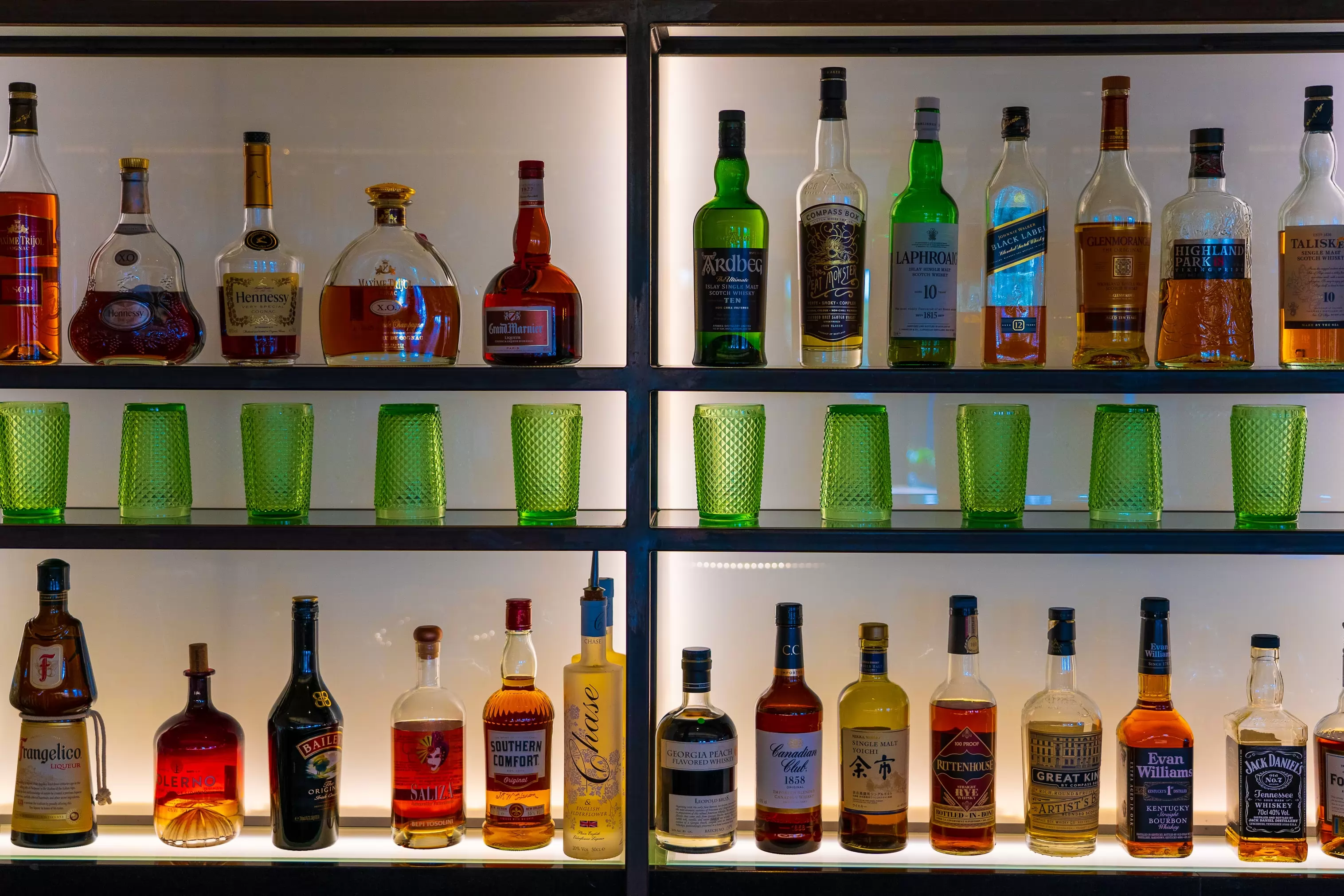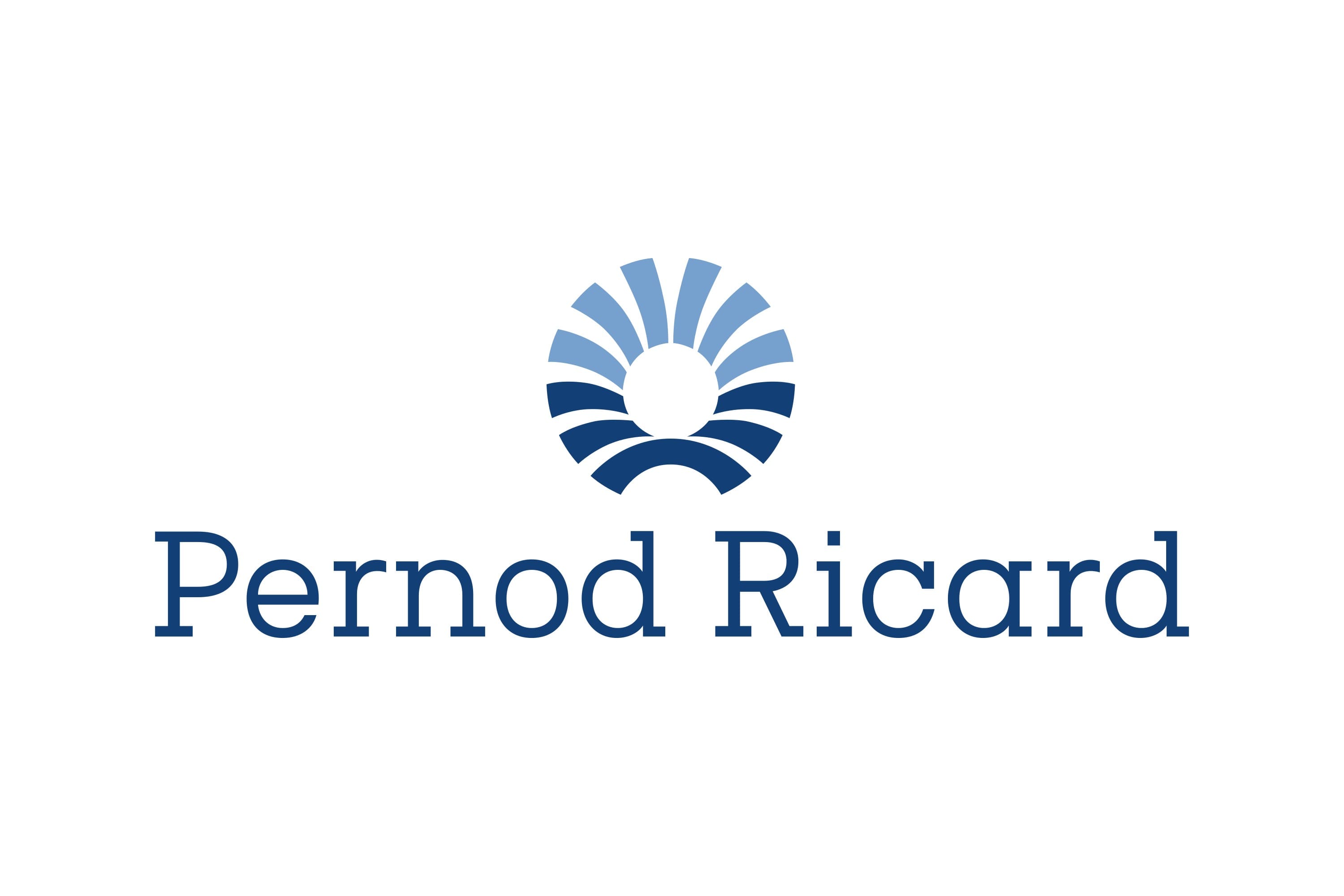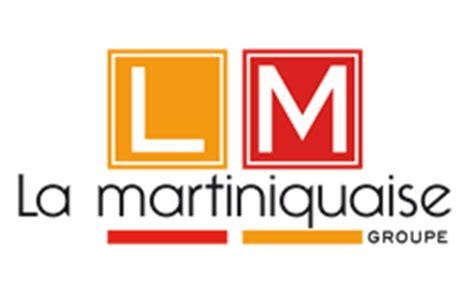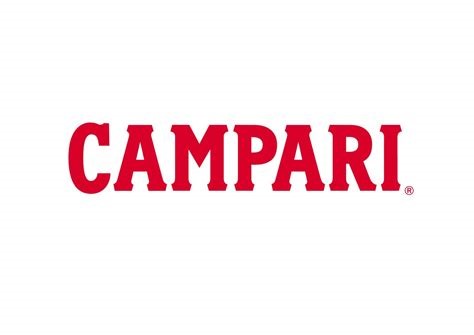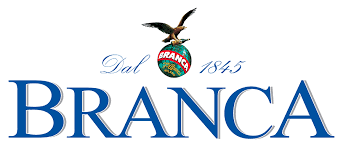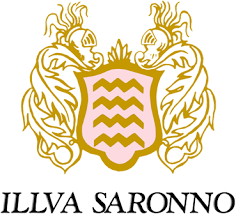Sintesi
The global spirits market has shown resilience despite facing challenges due to the COVID-19 pandemic. As of 2020, there was a noticeable shift in spirits consumption habits, with consumers increasingly purchasing alcohol through online platforms. Italy observed fluctuating export-import ratios, with exports vastly surpassing imports, reflecting the renown of Italian spirits globally. The Italian spirits industry experienced a 2% decrease in the production of brandies and grappas in 2020 but saw a 3% increase in overall production of ethyl alcohol and spirits, with over 697 thousand hectoliters produced from cereals. The market is led by major groups like Gruppo Campari, with a turnover of 1.58 billion euros, alongside notable players such as Branca International and Illva Saronno. Excise duties in Italy stand at €1035.52 per anhydrous hectolitre of ethyl alcohol, imposing a tax of about €2.9 on a 0.70-liter bottle of whisky at 40% alcohol content. The industry demonstrates a market structure with a steady increase in the number of distillation companies, reaching 561, and a growing workforce. Despite the pandemic's impact, the reopening of public spaces and shifting consumer behaviors are expected to support ongoing market growth.
Trends in the Italian Spirits Market: Embracing Tradition and Innovation
The Italian spirits market, renowned for its high-quality and traditional beverages, has exhibited a dynamic interplay between long-standing preferences and emerging trends. A highlight in the market is the notable consumer inclination towards gin, which has experienced a staggering growth rate, reaching between 25% and 30%, confirming its status as a beloved spirit among the Italian population, along with vodka. Despite challenges posed by the COVID-19 pandemic, which led to a downward trend in consumption due to restricted social activities, the Italian spirits industry remained resilient. With an 8.25% increase in consumption by value and a 5.37% increase in volume compared to the preceding year, the market demonstrated its robustness. The pandemic also catalyzed notable changes in consumer behavior, particularly in the channel of purchase, with a significant surge in online alcohol purchases, especially among the younger demographic aged between 18 and 34, where internet purchases rose markedly by between 160% and 210%.
In terms of market structure, Italy boasts a highly concentrated landscape with a mix of both influential international groups and an abundance of small-to-medium-sized local distillers specializing in a variety of spirits. The consolidation in the distribution sector is exemplified by the CDA consortium, which holds a significant 23% of the Italian liquid food distribution market. Moreover, the Italian spirits market is characterized by an export-oriented approach, with exports quintupling imports each year, indicating a robust international demand for Italian spirits. Germany, the United States, and the UK emerge as the top importers, showcasing the widespread appreciation of Italian distillates across the globe. In conclusion, the Italian spirits market remains vibrant despite the impacts of the COVID-19 pandemic, with a distinct shift towards e-commerce among consumers, robust export activity, and a persistent love for traditional spirits coupled with an openness to new experiences.
Key Players in the Italian Spirits Market Landscape
The Italian spirits market boasts a diverse array of companies ranging from world-renowned international groups to specialized local producers, each contributing to the rich tapestry of quality and tradition that Italian spirits are known for.
- Gruppo Campari Leading the pack is the Gruppo Campari, a global behemoth in the spirits industry with an impressive portfolio that includes beloved brands such as Campari, Campari Soda, Aperol, Cinzano, Averna, Braulio, Cynar, Sky Vodka, and Wild Turkey Bourbon. With 18 production facilities across the globe, this group has solidified its position as a titan in the industry, delivering a mix of classic favorites and innovative new offerings that continue to capture the hearts of consumers.
- Branca International Coming in strong is Branca International, an Italian holding firm rooted in Milan and orchestrating its global reach to over 160 countries. Renowned for the iconic Fernet Branca, this company also boasts a range of products including Mint Brandy, Brandy Stravecchio, Candolini Grappa, Caffè Borghetti, Sambuca Borghetti, Punt e Mes, Carpano white and classic vermouth, Carpano Ancient Formula, and Sernova Vodka.
- Illva Saronno Illva Saronno holds a special place in the hearts of liqueur enthusiasts as the creators of the top-selling Italian liqueur in the world, DiSaronno. Under the guidance of the Reina family, the company also manages other distinguished labels such as Isolabella Line, Amaro 18, Artic line Vodka, Rabarbaro Zucca, Aurum, Marsala Florio, and Corvo Wines.
- Martini & Rossi Affiliated with the Bacardi Group and headquartering in Turin, Martini & Rossi comes forth with its signature Martini vermouth and a wide selection of spirits including Bacardi rum, Bombay Sapphire, and Bosford gin, alongside vodka brands like Grey Goose, Eristoff, and 42Below as well as an assortment of whiskies such as Dewar's, William Lawson, and Aberfeldy.
- Montenegro Montenegro commands attention as a key player, hailing from Bologna with a focus on their flagship amaro Montenegro. They also manage traditional Italian spirits like Vecchia Romagna and Grappa Libarna.
per comprendere questo mercato
Dettaglio del contenuto
 Informazioni
Informazioni
- Pagine : 30 pags
- Formato : Versione PDF e digitale
- Ultimo aggiornamento : 22/02/2022
 Riepilogo ed estratti
Riepilogo ed estratti
1 Market Overview
1.1 Definition and presentation
According to the regulation of the European Communities n. 1576/89 spirit (or spirits) is an alcoholic liquid "intended for human consumption, having particular organoleptic characteristics and a minimum alcoholic strength of 15% vol".
A spirit is obtained by distillation or maceration or aromatization of ethyl alcohol or other spirit drinks.
Spirits can be divided in:
- Distillates: obtained by distillation of fermented products;
- Liqueurs: obtained by aromatization of alcohol or other spirit drinks, and are characterized by a sweet taste;
- Bitters: obtained by flavoring alcohol, and are characterized by a bitter taste.
The global spirits market is expected to grow at a rate of 3.45% through 2028. In terms of geographical distribution, the U.S. accounts for over 27% of the global market, while Asia Pacific proves to be the region with the highest growth rate. Moreover, the vodka segment is currently the largest segment, accounting for 25.1% of the global market share.
In 2019, spirits consumption in Italy grew by +8.25% in terms of value and +5.37% in terms of volume compared to the previous year. In particular, Gin recorded the highest growth, at a rate of 27.15%, confirming itself as one of the most loved spirits by Italians along with Vodka.
The Italian market is organized around two main types of operators. On one side we find important international groups, whereas on the other side we find small and medium producers or local distilleries specialized in one type of spirits.
In terms of distribution, the Italian panorama is very concentrated. In fact, the CDA consortium represents 23.0% of the Italian liquid food distribution market in the out-of-home channel. In 2019, among the channels that have grown the most we find the restaurant channel (+4.34%), followed by the bar channel (+3.12%), and finally the local channel with evening and night activity (+2.64%).
Finally, the Covid-19 health emergency had a negative impact on the alcohol industry in Italy due to the prolonged closure of restaurants, bars and night clubs.
1.2 Global Market Analysis
The global spirits market has been valued at USD *** billion in ****, and is expected to reach a value of USD *** billion by ****. The market under review, after slowing down due to the closure of venues during the lockdown, has seen growth in recent years, experiencing an average annual growth of *.**% from ...
1.3 Key figures of the spirits market in Italy
Italy in the Food & Beverage market is recognized as one of the best in the world, both in terms of quality and tradition. The market of spirits is very fragmented in terms of offer as every region has its own traditions and production can also be done by small businesses. To ...
1.4 Import and Export Analysis
The Italian spirits market is recognized worldwide for the excellence of its products. In fact, as the following chart shows, the value of exports far exceeds the value of imports. On average, it is possible to estimate that exports quintuple imports each year, fluctuating between ***% and ***% over the period considered (***).
it ...
1.5 Impact of Covid-19
Even in the Italian market, the pandemic mainly reduced consumption of spirits, as reflected in the net balance (***).
it is therefore clear that the restrictions imposed by the government on Ho.Re.Ca. Serious impacts on alcohol consumption, but only offset by the positive sales trend recorded in the large-scale retail ...
2 Demand Analysis
2.1 Demand Overview
In ****, **.*% of the population aged ** and older consumed at least one alcoholic beverage during the year, remaining stable compared to ****. The share of daily alcohol drinkers is **.*%, down from what was observed a decade ago (***) are increasing.[***]
Over the past decade, starting in ****, there has been a slow but gradual increase ...
2.2 Demand Drivers
Below we list the key demand and growth drivers for the spirits and spirits industry:
Global alcohol consumption in general: fashions are now globalized Household purchasing power (***); Tourism (***) The evolution of legislation and the increase in penalties for alcohol-related accidents Weather conditions (***) General emotional status Social restrictions
2.3 Geographical distribution of alcohol consumption
Considering the above map, it is possible to see differences in the average daily consumption of alcohol and hard liquor. Given the absence of data on the specific category of spirits, we rely on these data to infer differences in consumption attitudes among Italian regions. Even though we are faced with ...
2.4 New demand trends
Binge-drinking
Binge drinking, which literally means alcoholic binge, refers to the consumption of * or more alcoholic beverages in a short period of time away from meals, with serious health and safety risks. The purpose of consuming alcohol in this manner is to feel intoxicated until total intoxication is reached, meaning the ...
3 Market Structure
3.1 Market structure and dynamics
In Italy, the total number of companies involved in the production distillation, rectification and blending of spirits is *** (***). it is difficult to separate companies producing spirits and spirits since they often produce both. In the graph below, it can be deduced that the total number of companies in the industry has ...
3.2 Production
Production Overview
As said, distillates are spirits, with a minimum alcohol by volume of **%. This category includes liqueurs, bitters and many mixtures obtained by the union of aromatic substances, sugars, alcohol and other distillates. What differentiates distillates from wines, ciders and beers is the process of separation of the distillation liquid ...
3.3 Distribution
As far as distribution is concerned, the pandemic has profoundly altered the balance between the various distribution channels. In fact, there has been an acceleration of online sales, but, despite this, supermarkets and hypermarkets are still the favorite channels for consumers to buy bitters and spirits (***). They are followed by specialized ...
3.4 The main players in the supply chain
In Italy, the market leader in terms of turnover is Gruppo Campari, which has ** production plants around the world and owns, among others, brands such as Campari, Campari Soda, Aperol, Cinzano and Averna. (***). Other important players in terms of turnover are Branca International with a turnover of ***.* mln euros in **** and ...
4 Analysis of the offer
4.1 Type of products
Annex * of EU Regulation ****/*** of April **, **** sets out the different categories of spirits (***). The main ones turn out to be:
Rum Whisky Grain, wine, grape marc or fruit residue brandy Brandy or Weinbrand Fruit brandy, apple cider, pear cider, honey, beer brandy Vodka Gin Aniseed Spirit Drink Bitter Flavored Vodka Liqueur Cream ...
4.2 Price Analysis
This chart shows the trend in alcohol prices in Italy between **** and ****. The base year is ****, where the value is ***. Thus, we can see that prices have increased by *.*% since ****. This can be explained by both the pandemic situation (***) and the decrease in volumes of alcohol consumed and the introduction of ...
5 Regulation
5.1 Regulation
Excise
The current taxation (***). On a bottle of whisky of *.** at **% of alcohol is therefore applied a tax of about *.* euros. To this must be added VAT at **% because "the excise duty contributes to form the value of products". Therefore, a ** euro whisky, bottle of *.* liters at **% of alcohol will ...
6 Player positioning
6.1 Segmentation
- Pernod Ricard Groupe
- La Martiniquaise Bardinet
- Campari
- Bacardi
- Branca International
- ILLVA SARONNO
- Molinari
Tutti i nostri studi sono disponibili online e in PDF
Ti invitiamo a consultare un esempio del nostro lavoro di studio su altri mercato!
Aziende citate in questo studio
Questo studio contiene un panorama completo di società di mercato con le ultime cifre e le notizie di ogni azienda :
 Perché Scegliere Questo Studio :
Perché Scegliere Questo Studio :
Accedi a più di 35 ore di lavoro
I nostri studi sono il risultato di oltre 35 ore di ricerca e analisi. L'uso dei nostri studi ti consente di dedicare più tempo e aggiungere valore ai tuoi progetti.
Approfitta di 6 anni di esperienza e oltre 1.500 studi settoriali già prodotti
La nostra competenza ci consente di produrre studi completi in tutti i settori, inclusi i mercati di nicchia o emergenti.
Il nostro know-how e la nostra metodologia ci consentono di produrre studi con un valore unico di denaro
Accedi a diverse migliaia di articoli e dati a pagamento
BusinessCoot ha accesso all'intera stampa economica a pagamento e ai database esclusivi per svolgere studi di mercato (+ 30.000 articoli privati e fonti).
Al fine di arricchire i nostri studi, i nostri analisti utilizzano anche indicatori Web (semrush, tendenze, ecc.) Per identificare le tendenze in un mercato e strategie aziendali. (Consulta le nostre fonti a pagamento)
Supporto garantito dopo l'acquisto
Una squadra dedicata al servizio post-vendita, per garantirti un alto livello di soddisfazione. +39 380 247 7810
Un formato digitale progettato per i nostri utenti
Accedi a un PDF ma anche una versione digitale per i nostri clienti. Questa versione consente di accedere a fonti, dati in formato Excel e grafica. Il contenuto dello studio può quindi essere facilmente recuperato e adattato per i tuoi supporti.
 Le nostre offerte :
Le nostre offerte :
The Spirits Market | Italy
- Quali sono i dati relativi alle dimensioni e alla crescita del mercato?
- Cosa sta influenzando l'andamento e l'evoluzione del mercato?
- Qual'è il posizionamento degli attori di mercato?
- Segmentazione e profilo delle aziende operanti nel mercato
- Dati e numeri da una molteplicità di fonti
Pacchetto di 5 studi (-15%) IT Italy
- 5 rapporti a 75,6 € IVA esclusa per studio da scegliere dal nostro catalogo italiano per 12 mesi
- Risparmiare il 15% sugli studi aggiuntivi acquistati
- Scegliere il rimborso del credito non utilizzato al termine dei 12 mesi (durata del pacchetto).
Consulta i termini e le condizioni del pack e del rimborso del credito non utilizzato.
